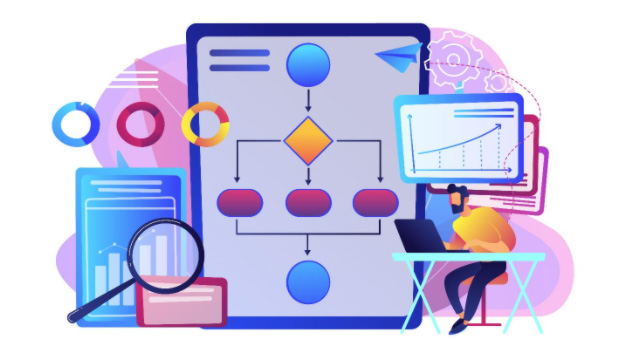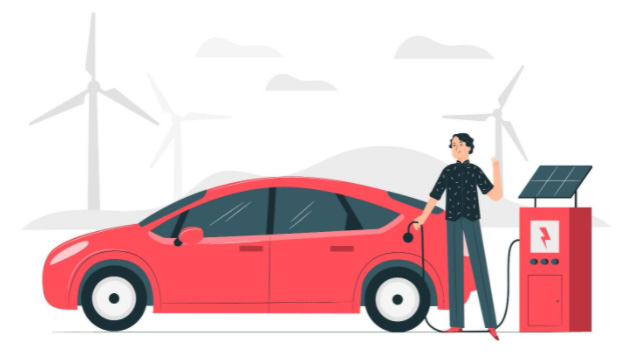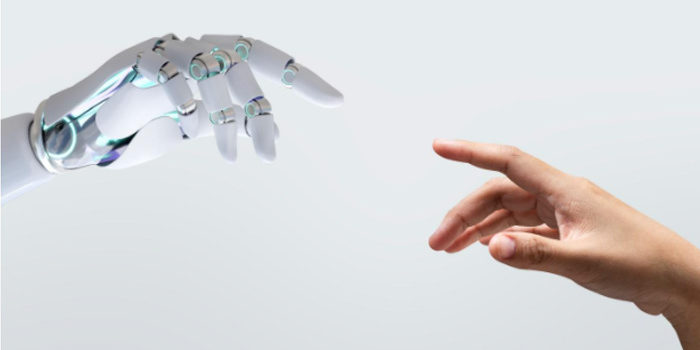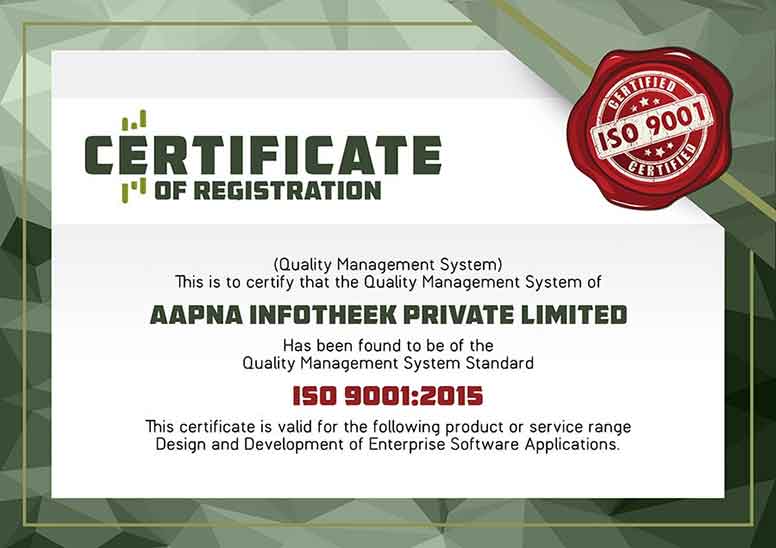Businesses of all shapes and sizes are starting to look at automation and wondering how it can help them. While most people know automation, there are many misconceptions about this technology. There is much excitement about the possibilities of hyper-automation, but what is it, and what can it do for you?
AI has been making waves in the tech industry for quite some time now. With this technology, businesses are looking to find ways to drive automation to the next level. Currently, the technology has two segments: automation and augmentation. The two approaches help businesses to speed up their workflows, produce better results, and gain a competitive advantage.
Automation mainly involves replacing humans when it comes to simple decision-making and accomplishing tasks. Assembling equipment in industries is a good illustration of this. These assembly lines operate without the need for human interference.
Augmentation enhances and optimizes human decision-making and behaviors with the use of technology. Grammarly is an example of this type of auto spell service. Instead of replacing the requirement for a writer, it recommends changes to a phrase or sentence patterns that may be made.
What Is AI?
AI is a branch of computer science that focuses on resolving cognitive issues related to human intellect. Training, problem-solving, and pattern identification are all part of it. Artificial intelligence, abbreviated as “AI,” may conjure up images of robots or futuristic settings. AI extends far beyond future fiction’s automated machines to the non-fiction of today’s advanced software research.
Many areas in our daily lives are being affected by the rise of AI. In terms of marketing, AI aids organizations by improving the quality of marketing techniques such as content development and customer targeting.
Applications of AI
Here is a collection of artificial intelligence apps that you’re likely to encounter on a regular basis.
- Navigation and maps
- Recommendation systems
- Stock market
- Text editors
- Social media marketing
- Google assistants
- Smart devices
61% of individuals prefer brands capable of providing them with a personalized experience. It is because they know they can count on accurate responses, fast answers, and flexible chatbots. So, is it an excellent choice to use AI in the company’s marketing strategies? The answer is yes.
Machine learning is used in artificial intelligence to replicate intelligence. The system is trained on how to react to specific actions. It develops a propensity model by combining algorithms and past statistical data. After that, propensity models will begin to make predictions.
What Is Hyper-Automation?
Hyper-automation is a process of automating processes on a large scale. Hyper-automation streamlines corporate operations by removing repetitive tasks and automating conventional ones.
The distinction between automation and hyper-automation is frequently misunderstood. The term “automation” refers to the completion of a repeated activity without human involvement. It usually takes place on a micro-level, with solutions tailored to specific tasks. Hyper-automation, on the other hand, corresponds to the use of several automation tools, such as machine learning and robotic process automation, to expand automation operations.
It enables businesses to accomplish things consistently, accurately, and quickly. As a result, costs are reduced, and the user experience is improved significantly.
key features of hyper-automation are:
- Machine learning
- Real-time web services
- Robotic process automation
- Big data
- Cognitive technology
One of the key features that hyper-automation provides is machine learning. Machine learning can be used in a variety of ways. The most frequent method is to use an algorithm to analyze data and look for trends. MLOps is required to manage ML models.
MLOps automates models’ building and implementation, leading to faster lead time and lower operating costs. Developers may use MLOps to make more intelligent and flexible selections. It results in increasing the end quality and the deployment of ML models.
There are many ways to achieve this state of automation. You can find new ways to streamline processes, develop new technologies, and improve existing technology. You can also improve the utilization and efficiency of the equipment you already own.

How Is AI Helping With Hyper-Automation?
AI and hyper-automation provide new types of intelligence, insights, and opportunities. While these systems are still being perfected and brought to the masses, they will be integral in new business models.
Companies worldwide are using artificial intelligence and hyper-automation as new strategies for growing their businesses. The rise of data analytics, workforce analytics, and automation technologies has allowed businesses to use personal data to improve customer and employee relationships and create new products.

AI has been making waves in the technology industry for the past few years. To help explain how AI promotes hyper-automation, let’s take a look at some of the ways it’s been successfully used. One of the most significant areas where AI has been used is automotive. Earlier this year, Tesla announced that they were using AI to help increase the amount of self-driving cars in their fleet.
If you wanted to find a book at the library and could not remember the book’s name, you would have to look through the library each time. AI can scan the entire library in minutes to find the book you want. However, this can be used for more than just looking for a book. It can be used to find an actor, a person, a specific animal; it can even find you a date. It can do any task that you can think of.
Whether you want to call it artificial intelligence, machine learning, or cognitive computing, this technology changes how developments are made. The exciting thing about AI is that you can use it for various tasks.
Conclusion
We live in an age where significant companies increasingly use automation to increase efficiency and reduce costs. With AI and hyper-automation, we can use the power of artificial intelligence to automate repetitive tasks that might typically be allocated to humans. It is a trend that we see continuing well into the future, where the power of AI is taking over more and more industries.
Businesses need to prepare ahead of time to work and experience the impact of these technologies to avoid being left behind by their competitors. These technologies offer deep insights into the business, allowing for new products and services that customers want. Effective communication is the key to bridging the gap between humans and machines.
We hope you enjoyed this blog post and that it could provide you with some insight into the future of automation. We hope you enjoyed reading!
Other Related Articles You Might Be Interested In
The Impact of RPA in Australia’s Mortgage Lending






